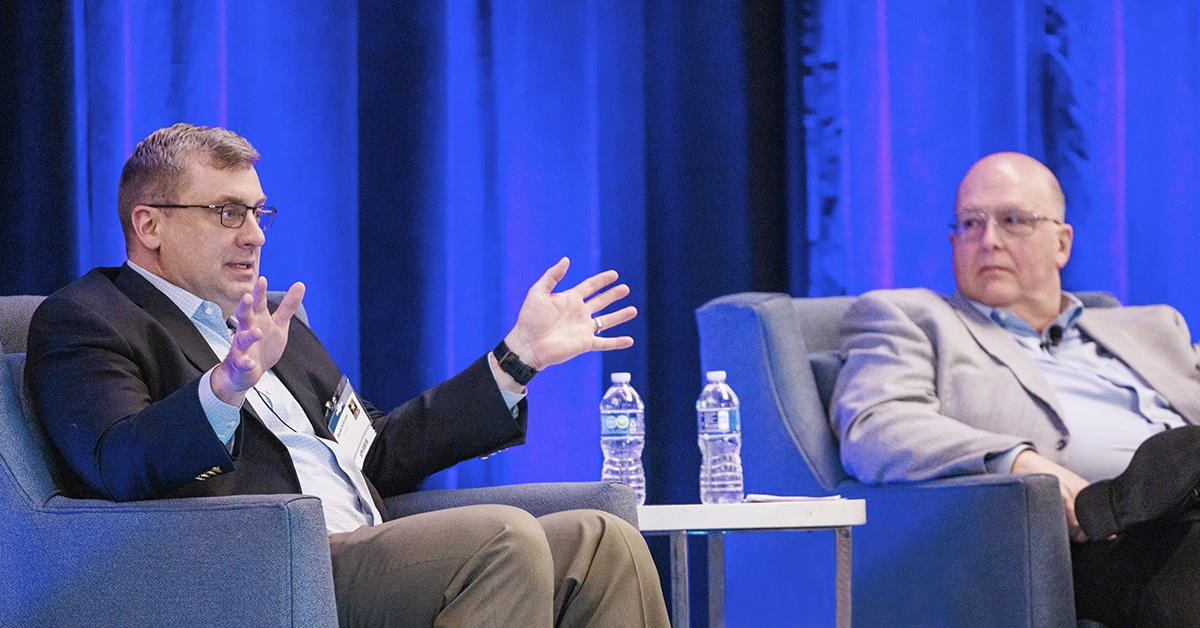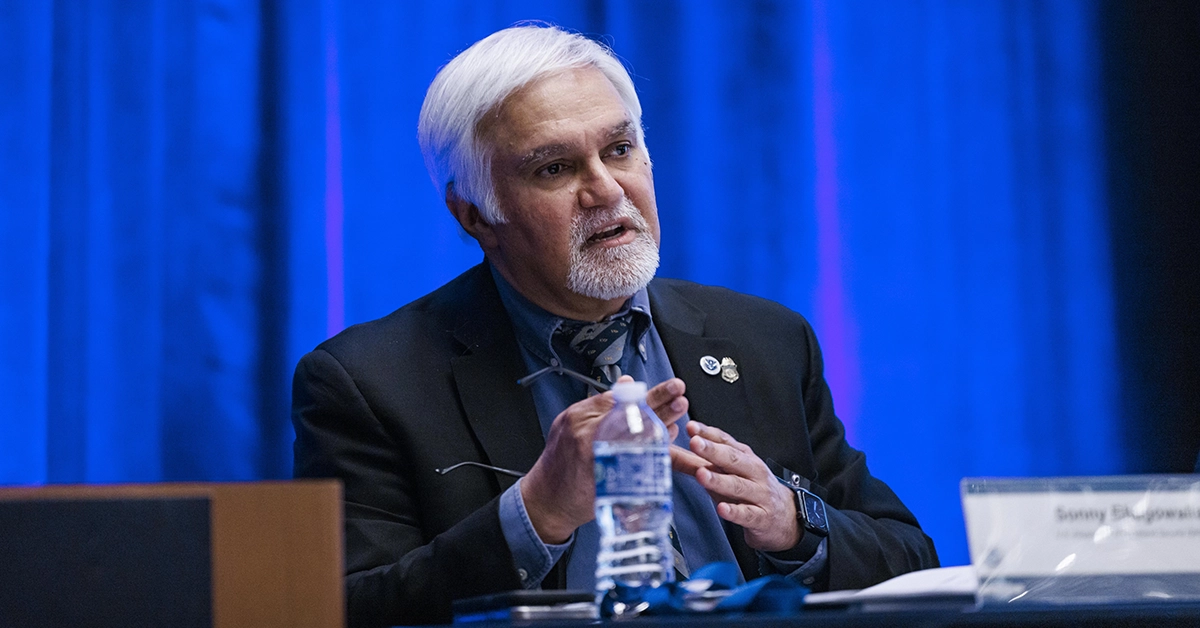Ten years ago, the U.S. Army was notorious for being a “deliberate late adopter” of technology. The Army carried a well-known reputation of risk aversion — an approach which often placed the service branch several years behind the power curve. Army Undersecretary Gabe Camarillo, who was sworn into the role in February, is changing that narrative.
“When I got to the job, I absolutely committed myself to lending my efforts, my voice to countering that approach. That’s simply not going to work in this decade and I think everybody recognizes it,” Camarillo said to an audience at the Potomac Officers Club’s 7th Annual Army Summit in Tysons, Virginia.
For the Army, overcoming its reputation and reshaping its future has required major cultural shifts and accelerated modernization efforts that the service has carried out over the last several years. The service’s acquisition approach, for example, has undergone significant reform, made possible by rapid acquisition authorities established by Congress in 2016.
The Army has “fully embraced” these authorities and significantly reduced the cycle time for the development of new systems. Camarillo pointed to the 20 rapid prototyping programs the Army currently has, as well as several more that are pending approval, as definitive examples of the service’s accelerated acquisition improvements, calling them a “marked change of pace” from the service’s previous approach.
Another boost in the pace of Army modernization stems from Other Transaction Authority agreements, or OTAs. These OTAs allow for greater speed, flexibility and access to small and non-traditional vendors, Camarillo explained, and they’re widely viewed across the Department of Defense as important facilitators of fast innovation.
The Army awarded more than 1,700 OTAs valued at nearly $11 billion between fiscal years 17 and 21 — the service’s use of OTAs increased about 500 percent during this period. By comparison, the DOD’s usage increased from $2 billion to $15 billion in the same period.
“If you look at that proportional increase just in the Army alone, it indicates that the Army has consistently been the most significant user of OTAs across all of DOD during that time frame,” Camarillo pointed out.
The Army has made significant progress in the last decade, and Camarillo lauded the transformation — but he also noted three main items on the service’s “to-do” list as it responds to national security challenges, evolving industry trends and other influential factors.
Managing Transition from Prototype to Fielded System
“Starting prototypes and getting them out to test is one thing. Getting them into a configuration that is supported by sustainment and everything else we’ve got a plan for, for the full Army, is a different question,” said Camarillo.
The Army is learning a lot about this process through transitioning its Mobile Protected Firepower program to production. Currently, the Army’s Rapid Capabilities and Critical Technologies Office is leading the charge to promote more cohesion and consistency in its programs by embedding program managers and PEOs earlier on in the prototyping process.
Open System Architecture
The Russian invasion of Ukraine earlier this year underscored for the Army the importance of exportability. Camarillo said, “We have seen a proliferated demand for Army systems and our capabilities” from data partners and other countries. This increased demand has revealed gaps in the Army’s ability to partner not only with the industrial base but also with allies, but Camarillo believes open system architecture, or OSA, can help fill those gaps.
OSA can “help the Army not only do that rapid tech insertion that we’ve been talking about for many years, but it will also address issues like obsolescence management and design for exportability,” predicted Camarillo. “We can customize components to make sure that they’re exportable in a much more rapid and effective way once we get to the point where we have fully embraced these OSA standards.”
Small Business Utilization
The Army’s small business industrial base, particularly in research and development, is shrinking, and Camarillo said the service’s small business program office is looking into potential causes for the decline.
“We’re undertaking an assessment right now to look at metrics, figure out root causes and where we have gaps and risks from an industrial base perspective,” he elaborated.
The service is also looking at where it can incentivize small business participation in critical technology areas that can support Army requirements in the long term.
To learn more about the Army’s modernization and technology adoption efforts, join the Potomac Officers Club’s 2022 5G Forum on Sep. 13. Lt. Gen. John Morrison, deputy chief of staff for Army G-6, is scheduled to keynote. Register here.








